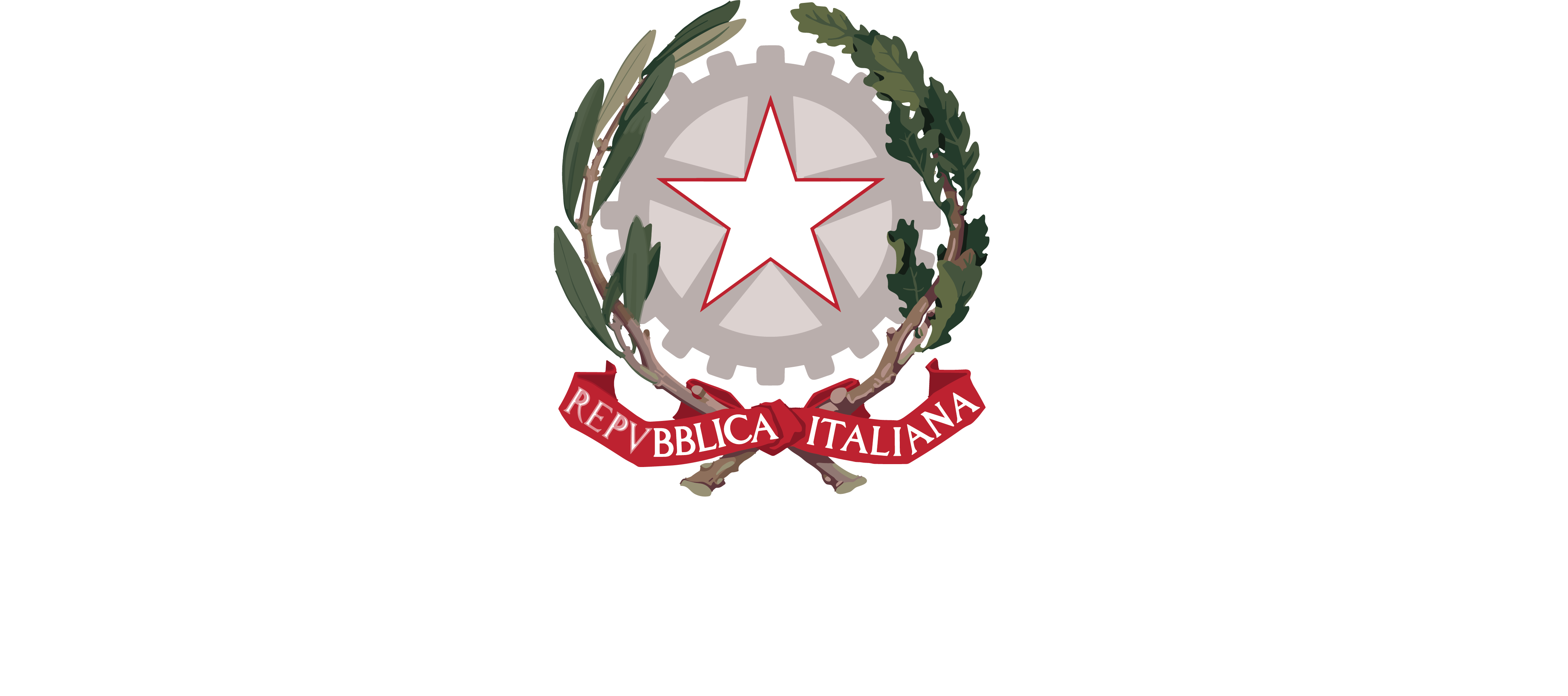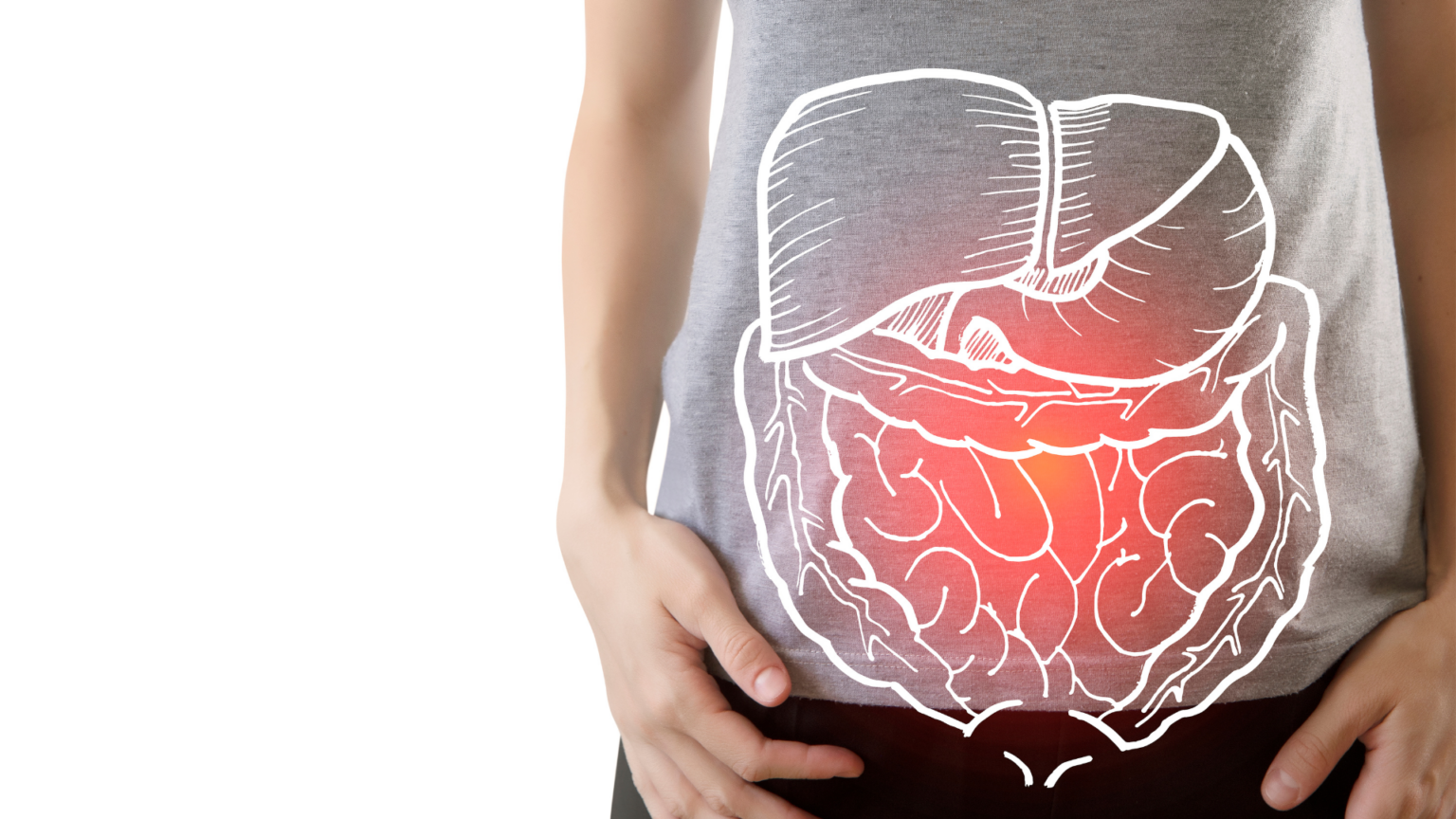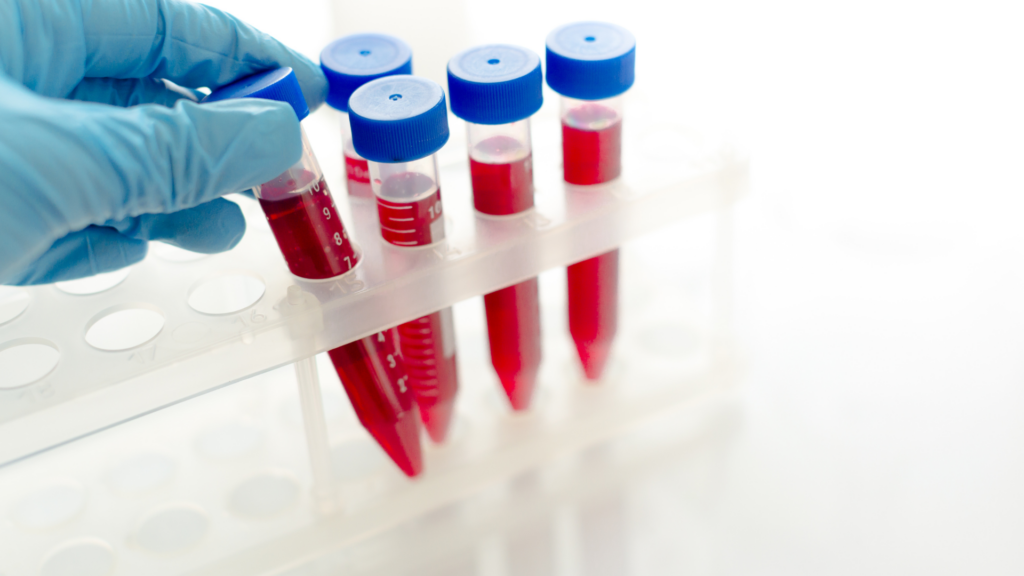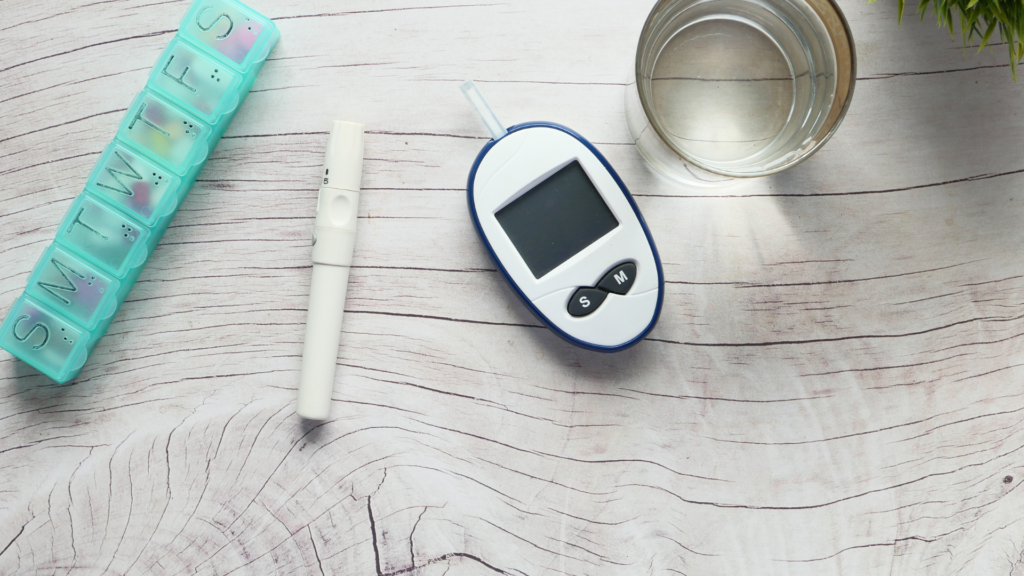Use of ketogenic diet in "muscle" glycogenosis
Glycogenolysis (GSD) types III, V and VII share a common clinical picture consisting of progressive exercise intolerance, muscle pain and cramps with deterioration of muscle structure that increasingly loses its functional capacity. Underlying this muscle damage is the fact that the enzyme defect in these diseases prevents the proper utilization of carbohydrates to produce energy because the normal activity of glycogenolysis (GSD III and GSD V) or glycolysis (GSD VII) is blocked. In these diseases, however, neoglucogenesis, that is, the ability to produce sugar from other substrates such as protein and fat, is intact.
In addition to muscle, there are also other organs affected, differing according to the type of GSD. In some cases, the damage is due to glycogen accumulation, in others simply due to energy deficiency. While in GSD V only skeletal muscles are involved, in GSD III the liver and/or heart are also affected (there is also a small percentage of patients who have only hepatic involvement), in GSD VII a picture of hemolytic anemia is also observed.





